New stretchable fibers with liquid metal stay conductive when stretched 10x, ideal for smart wearables and robotics.
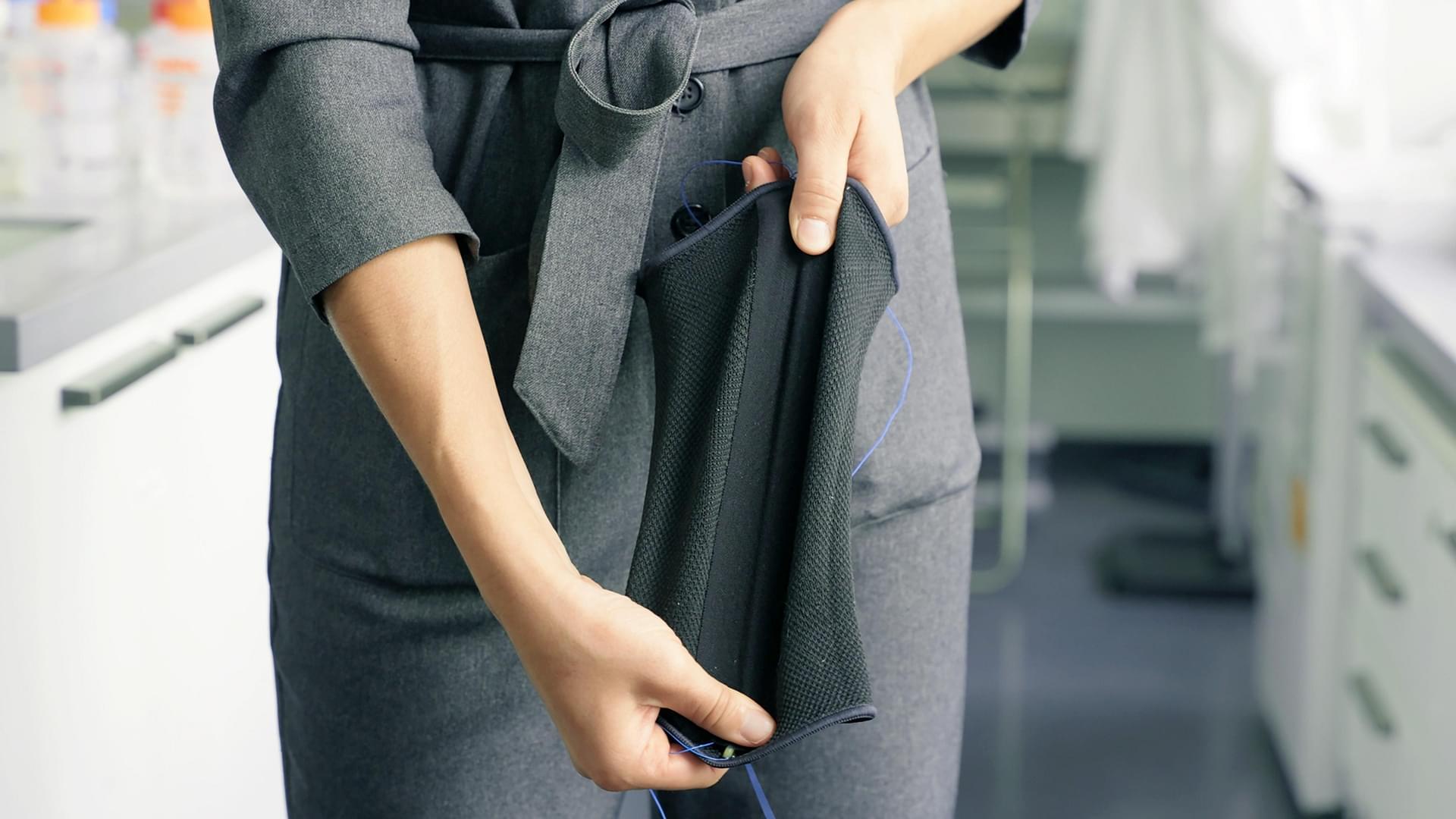

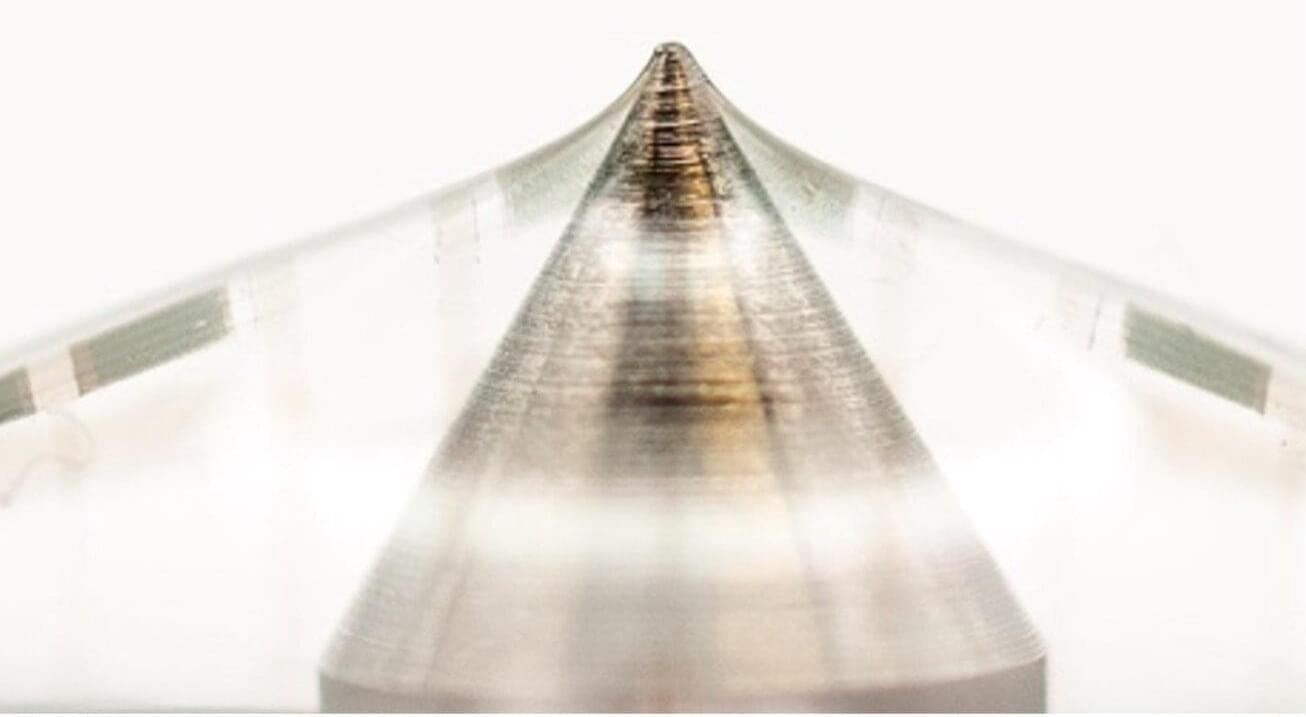
The rapid advancement of sensing and artificial intelligence (AI) systems has paved the way for the introduction of increasingly sophisticated wearable devices, such as fitness trackers and technologies that closely monitor signals associated with specific diseases or medical conditions. Many of these wearable electronics rely on so-called biosensors, devices that can convert biological responses into measurable electrical signals in real-time.
While fitness trackers and other wearable electronics are now widely used, the signals that many existing devices pick up are sometimes inaccurate or distorted. This is because the bending of sensors, moisture and temperature fluctuations sometimes produce inaccurate readings and drifts (i.e., gradual changes that are unrelated to a measured signal).
Researchers at Stanford University have developed new skin-inspired biosensors based on organic field effect transistors (OFETs), devices based on organic semiconductors that control the flow of current in electronics.
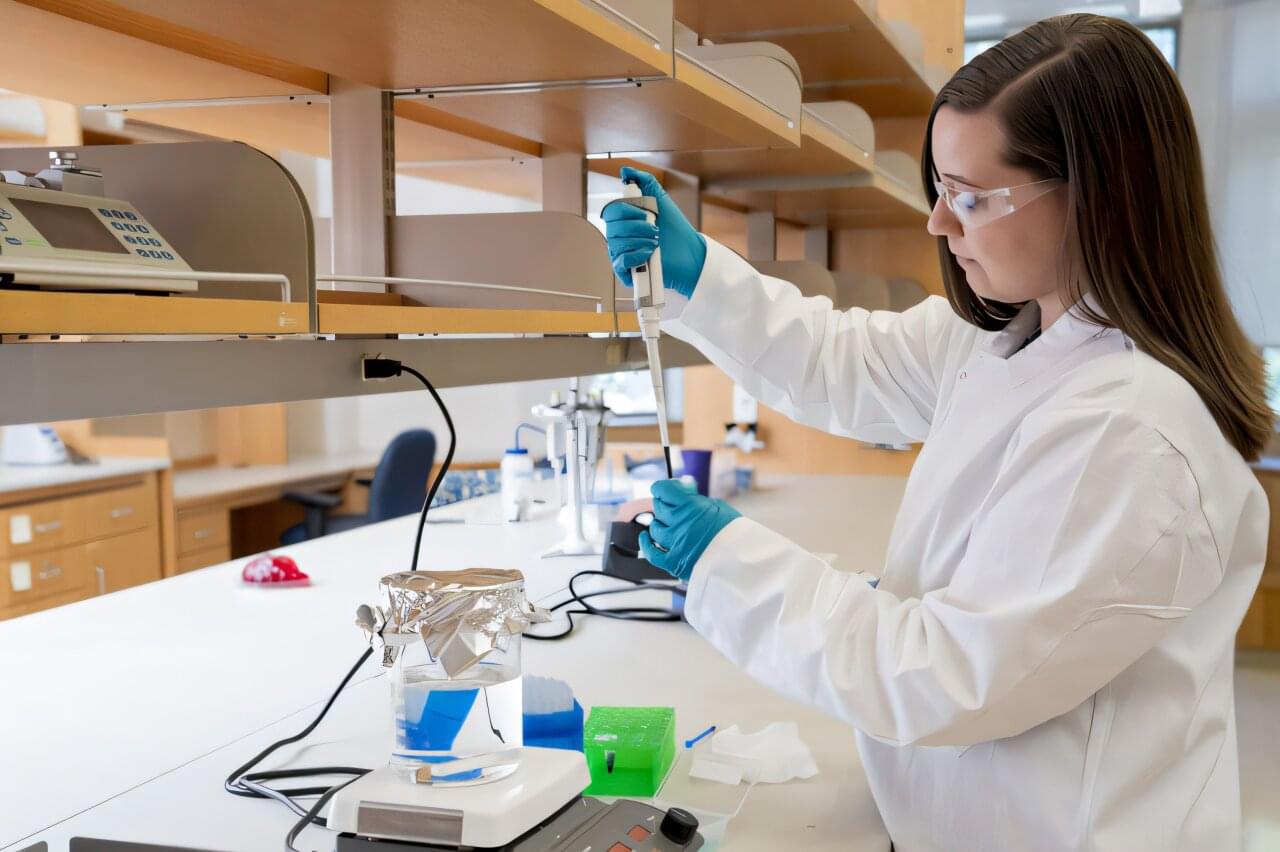
Wearable or implantable devices to monitor biological activities, such as heart rate, are useful, but they are typically made of metals, silicon, plastic and glass and must be surgically implanted. A research team in the McKelvey School of Engineering at Washington University in St. Louis is developing bioelectronic hydrogels that could one day replace existing devices and have much more flexibility.
Alexandra Rutz, an assistant professor of biomedical engineering, and Anna Goestenkors, a fifth-year doctoral student in Rutz’s lab, created novel granular hydrogels. They are made of microparticles that could be injected into the body, spread over tissues or used to encapsulate cells and tissue and also to monitor and stimulate biological activity. Results of their research were published Oct. 8 in the journal Small.
The microparticles are spherical hydrogels made from the conducting polymer known as PEDOT: PSS. When packed tightly, they are similar to wet sand or paste: They hold as a solid with micropores, but they can also be 3D printed or spread into different shapes while maintaining their structure or redistributed into individual microparticles when placed in liquid.
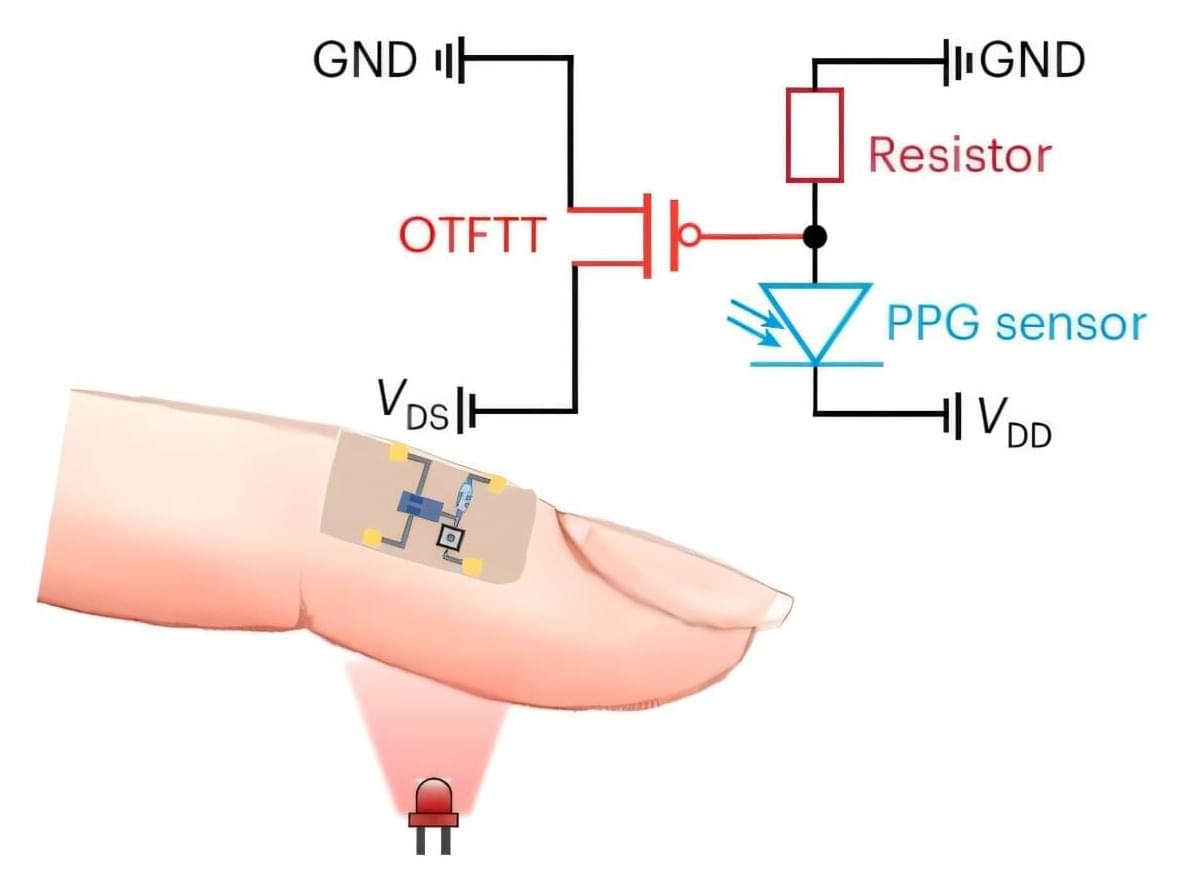
To meet the growing demands of flexible and wearable electronic systems, such as smart watches and biomedical sensors, electronics engineers are seeking high-performance transistors that can efficiently modulate electrical current while maintaining mechanical flexibility.
Thin-film transistors (TFTs), which are comprised of thin layers of conducting, semiconducting and insulating materials, have proved to be particularly promising for large-area flexible and wearable electronics, while also enabling the creation of thinner displays and advanced sensors.
Despite their potential, the energy-efficiency with which these transistors can switch electrical current has proved difficult to improve. This is due to the so-called thermionic limit, a theoretical threshold that delineates the lowest possible voltage required for a transistor to boost electrical current by a factor of 10 at room temperature when switching between “off” and “on” states.

Scientists in South Korea have unveiled a transparent, wearable sensor that monitors a user’s exposure to ultraviolet A (UVA) radiation in real-time. The technology could help prevent sunburn and long-term skin damage that can cause cancer.
Ultraviolet radiation is released naturally by the sun and artificially by tanning beds. The problem with overexposure is that the rays can penetrate deep into the skin and damage DNA, potentially causing cells to grow out of control and leading to cancer. In many countries, the majority of skin cancer cases are linked to this type of overexposure.
While wearing long clothes and hats and applying sunscreen provides valuable protection, the researchers wanted a simple device to alert wearers when exposure reached a certain level. Current sensors often lack the ability to track UVA and are opaque, which makes them uncomfortable and difficult to use in wearable tech like smart glasses.
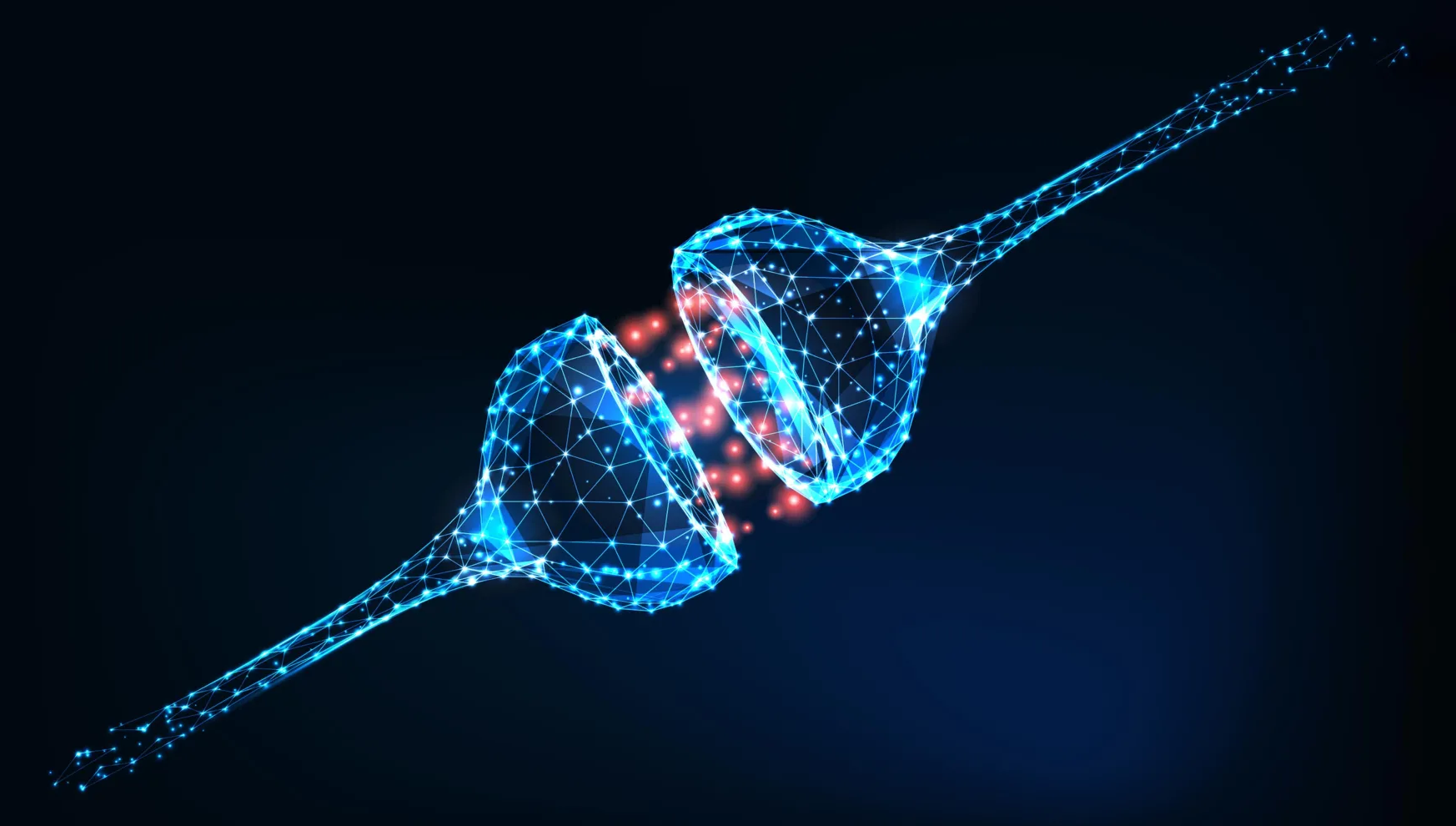
There are a wide range of applications for Fu and Yao’s new neuron, from redesigning computers along bio-inspired, and far more efficient principles, to electronic devices that could speak to our bodies directly.
“We currently have all kinds of wearable electronic sensing systems,” says Yao, “but they are comparatively clunky and inefficient. Every time they sense a signal from our body, they have to electrically amplify it so that a computer can analyze it. That intermediate step of amplification increases both power consumption and the circuit’s complexity, but sensors built with our low-voltage neurons could do without any amplification at all.”
The secret ingredient in the team’s new low-powered neuron is a protein nanowire synthesized from the remarkable bacteria Geobacter sulfurreducens, which also has the superpower of producing electricity. Yao, along with various colleagues, have used the bacteria’s protein nanowires to design a whole host of extraordinary efficient devices: a biofilm, powered by sweat, that can power personal electronics; an “electronic nose” that can sniff out disease; and a device, which can be built of nearly anything, that can harvest electricity from thin air itself.

There could soon be a new way to interact with your favorite AI chatbots—through the clothing you wear. An international team of researchers has developed a voice-sensing fabric called A-Textile. This flexible patch of smart material turns everyday garments into a kind of microphone, allowing you to speak commands directly to what you’re wearing. This lets you communicate with AI systems such as ChatGPT or smart home devices.
Wearable devices that sense and interact with the world around us have long been the stuff of science fiction dreams. However, traditional sensors currently in use are often bulky, rigid and uncomfortable. They also lack sensitivity, meaning they struggle to hear soft or normal speaking voices, making it hard for AI to understand commands.
The researchers addressed this issue by exploring triboelectricity, the principle behind static electricity. A-Textile is a multi-layered fabric, and as you move the layers, they rub together to create a tiny electrostatic charge on the fabric. When you speak, the sound waves cause the charged layers to vibrate slightly, generating an electrical signal that represents your voice. To boost the signal, the team embedded flower-shaped nanoparticles into the fabric to help capture the charge and prevent it from dissipating. This ensures it is clear enough to be recognized by AI.

Researchers have designed and demonstrated stretchable waveguides that maintain efficient, stable signal transmission of surface plasmon polaritons even when bent, twisted or stretched. These plasmonic waveguides could make it possible to seamlessly embed advanced sensing, communication and health monitoring functions into everyday wearable materials.
Plasmonic waveguides are tiny structures that guide light by coupling it with electrons on a metal surface. The new flexible waveguides transmit what are known as spoof surface plasmon polaritons, which are formed with longer wavelengths — radio frequencies in this case—rather than the conventional infrared or visible light.
“Although our work is still at the research stage, it highlights the exciting possibility of merging advanced electromagnetic technologies with soft, stretchable materials,” said research team leader Zuojia Wang from Zhejiang University. “This brings us closer to a future where advanced health care and connectivity are integrated into what we wear.”


In the tech industry’s first telling, the post-smartphone world is a simple question of what and when: glasses? Watches? Pins? Armbands? Implants? It’s portrayed as a simple matter of progress — in consumer technology, things must be replaced by newer and better things — but also as a reaction to the burdens and distractions of the previous great gadget, from which new gadgets will set us free.
A survey of the post-phone landscape as it exists, though, reveals a complication in this consumerist liberation story. Someday, a new gadget may usher us into the post-smartphone world; in the meantime, the industry will have us trying everything else at once: on our faces, in our ears, around our necks, and on our appendages. Our phones — and the always-on, data-and-attention-hungry logic they represent — aren’t being replaced. They’re being extended.